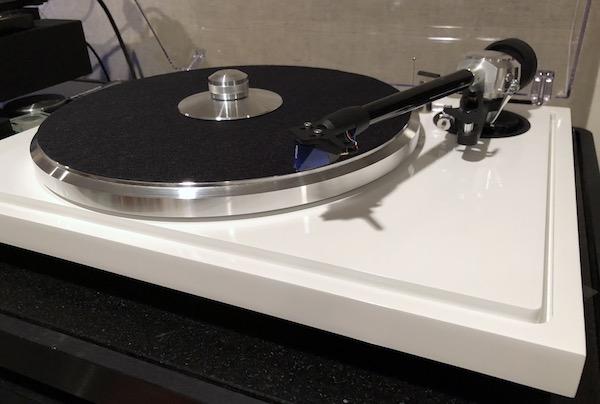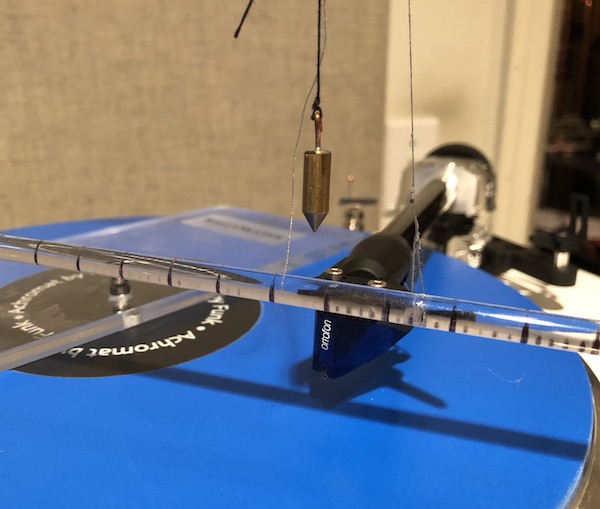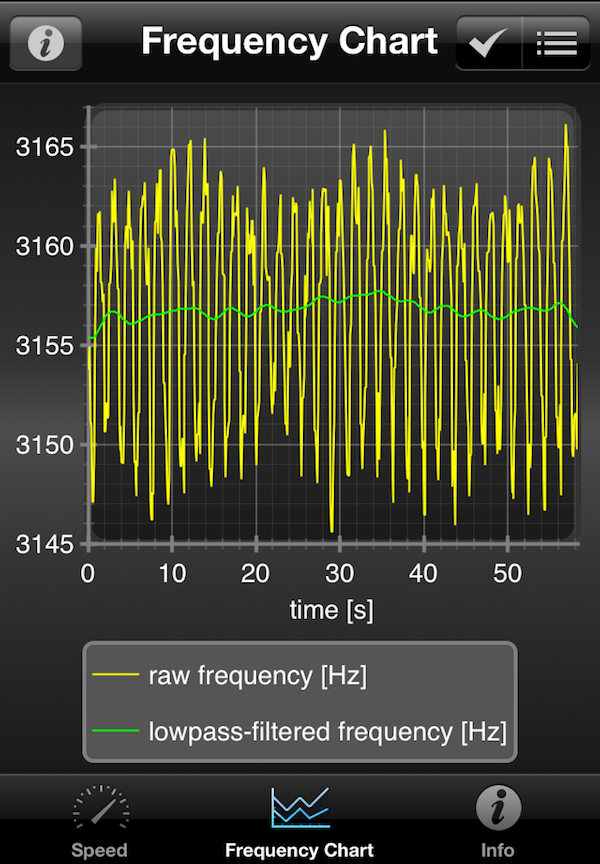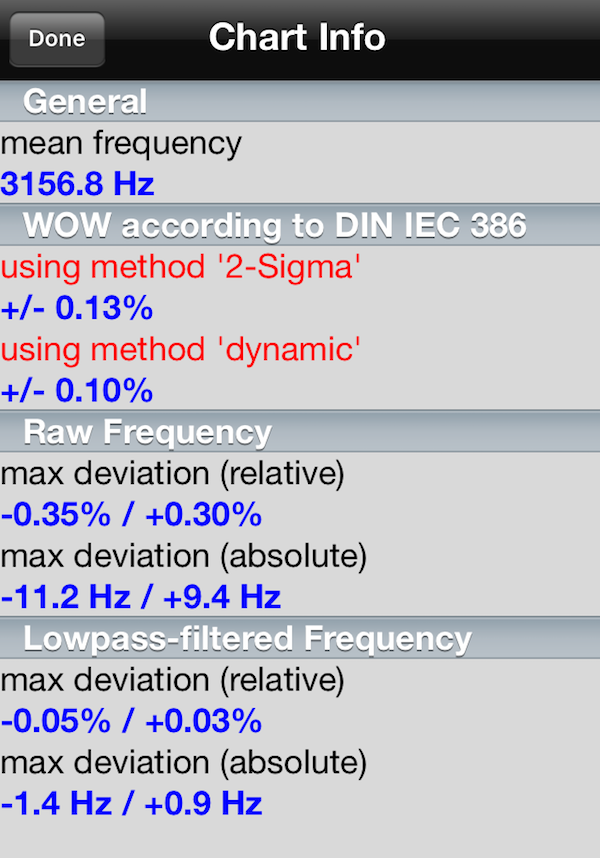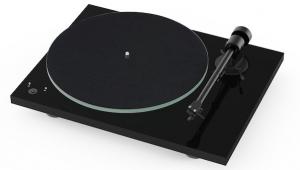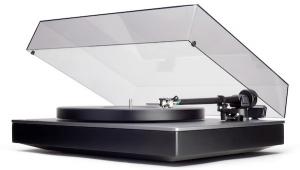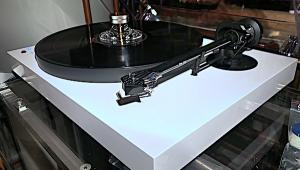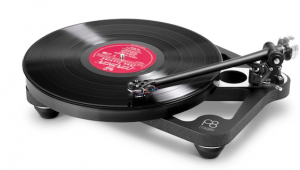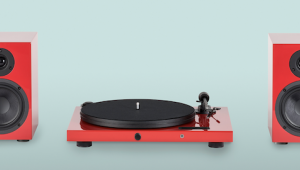This is a large part of the beauty of analog, it doesn't take a lot of money to have very good gear and the choices across all cost spectrums keeps increasing! Digital can't even think about making such a claim.
I knew this was going to be good the minute I saw the word Pro-Ject and Heinz's wife's name. For a plug-n-play table, this thing is fairly impressive in reading your review Mikey. Pro-Ject is a serious audio manufacture in my opinion, Heinz is one of the rock stars in the industry as far as I am concerned. Now here comes EAT to offer even more great affordable gear! If they were to just make a couple of minor tweaks as noted in your review, they would have it down. I bet they do just that too!
It is seeing reviews like this that re-ignites my hopes about the industry.
Ok, now we really need to get Heinz and or his wife to visit us in the southern California show! Their passion for good, dare I say great audio for the masses is infectious.
